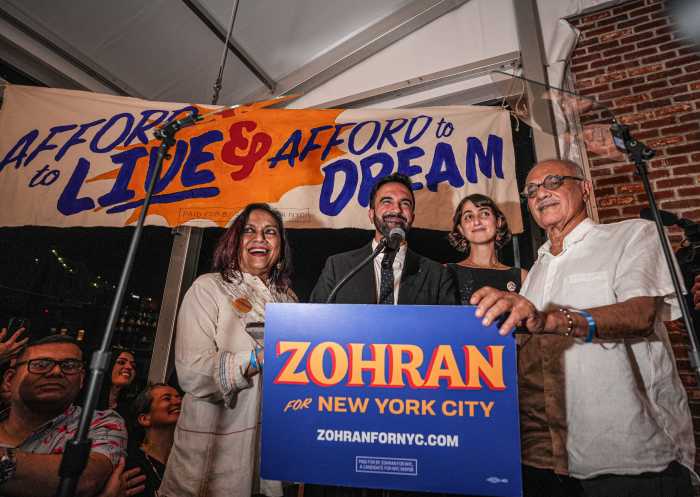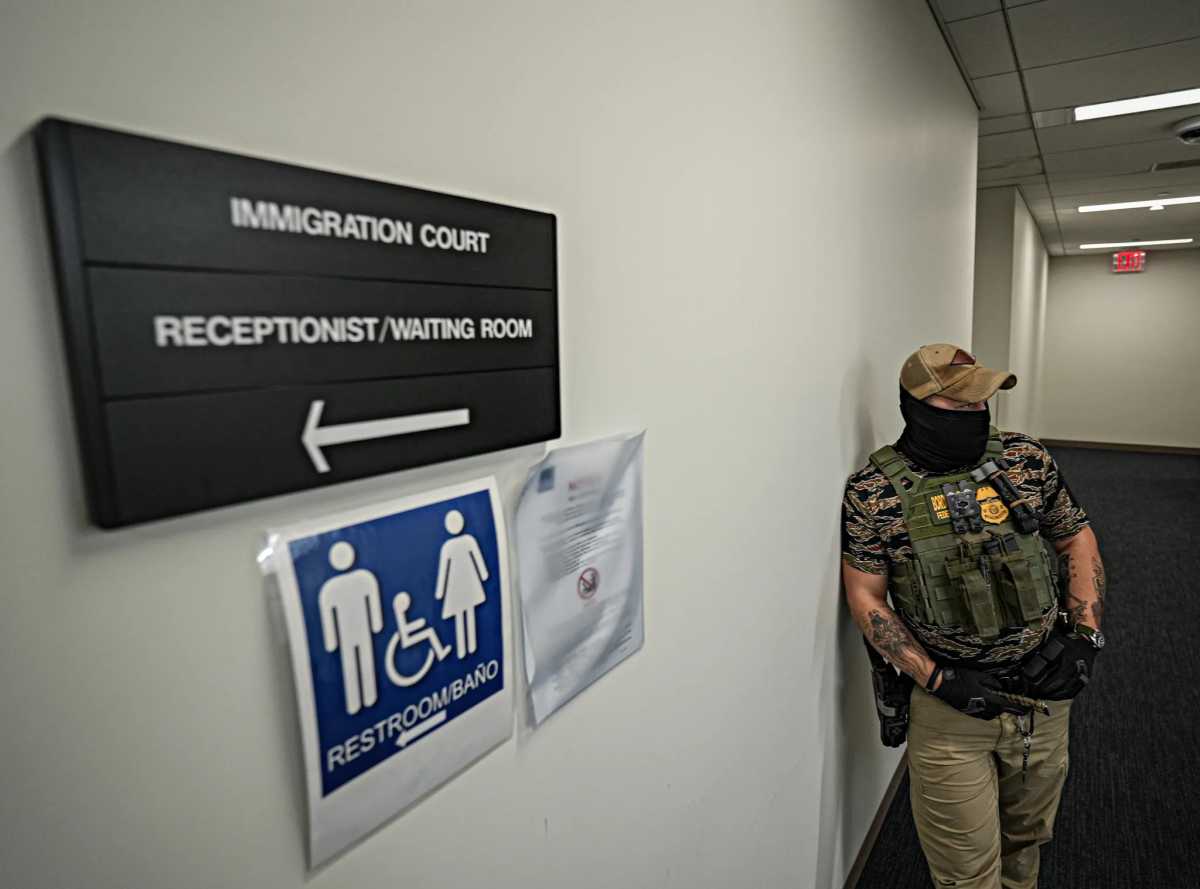Imagine doing a major home renovation without delegating one person to be in charge, without obtaining detailed cost estimates or without having your pick of many different contractors.
For decades, that’s the scenario the MTA’s large construction projects have faced. The bigger the scale, the worse it gets. When the MTA wants to change a design or faces an unexpected glitch, for instance, 40 steps are required. Until those hurdles are cleared, workers keep doing the job the old way, only to have to tear it up and redo it the new way.
This is, in part, why projects like the Second Avenue Subway have experienced delays, and why the MTA has had to slow efforts to remake subway stations when costs exceed budgets. NYC Transit chief Andy Byford knows procedures must change to implement his ambitious Fast Forward plan to improve capacity and accessibility in the nation’s largest subway system. And, more broadly, the bureaucracy is one reason the public has no confidence government can build anything efficiently.
MTA board member Scott Rechler, a developer, has proposed reforms to add some common sense to this expensive madness. Rechler suggests appointing a chief executive for each project (accountability), streamlining the “change order” process (efficiency), making contracts more uniform across the MTA (standardization), easing requirements to widen the field of bidders (competition), and reducing the need to customize parts and equipment (cost reduction).
MTA chairman Joseph Lhota said recently that remaking the MTA also requires a culture change to eliminate the bureaucratic morass, and to reward speed and flexibility. The agency also will have to work with the unions to reform work rules that could impede these changes.
If the MTA completes a gut renovation of its own house, it might be able to get work done on its tracks and stations, under budget and on time.






























